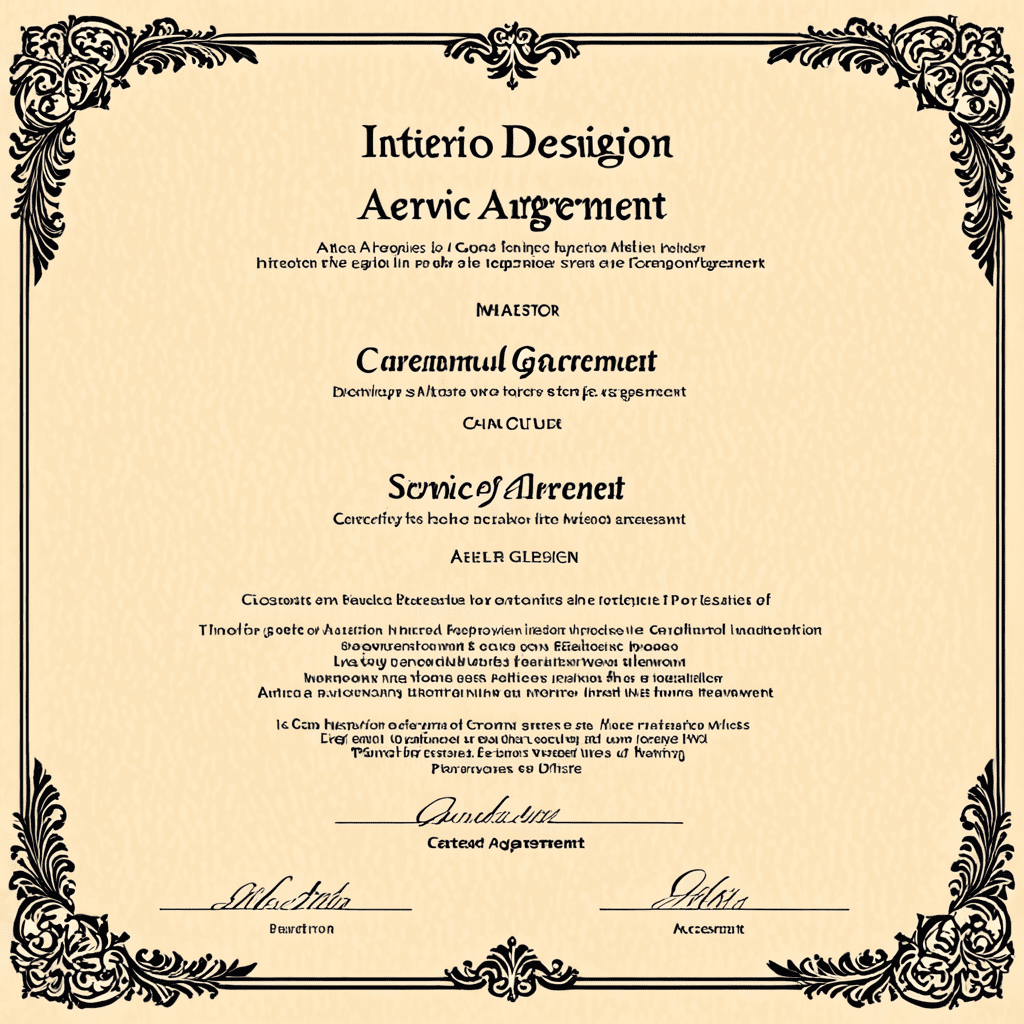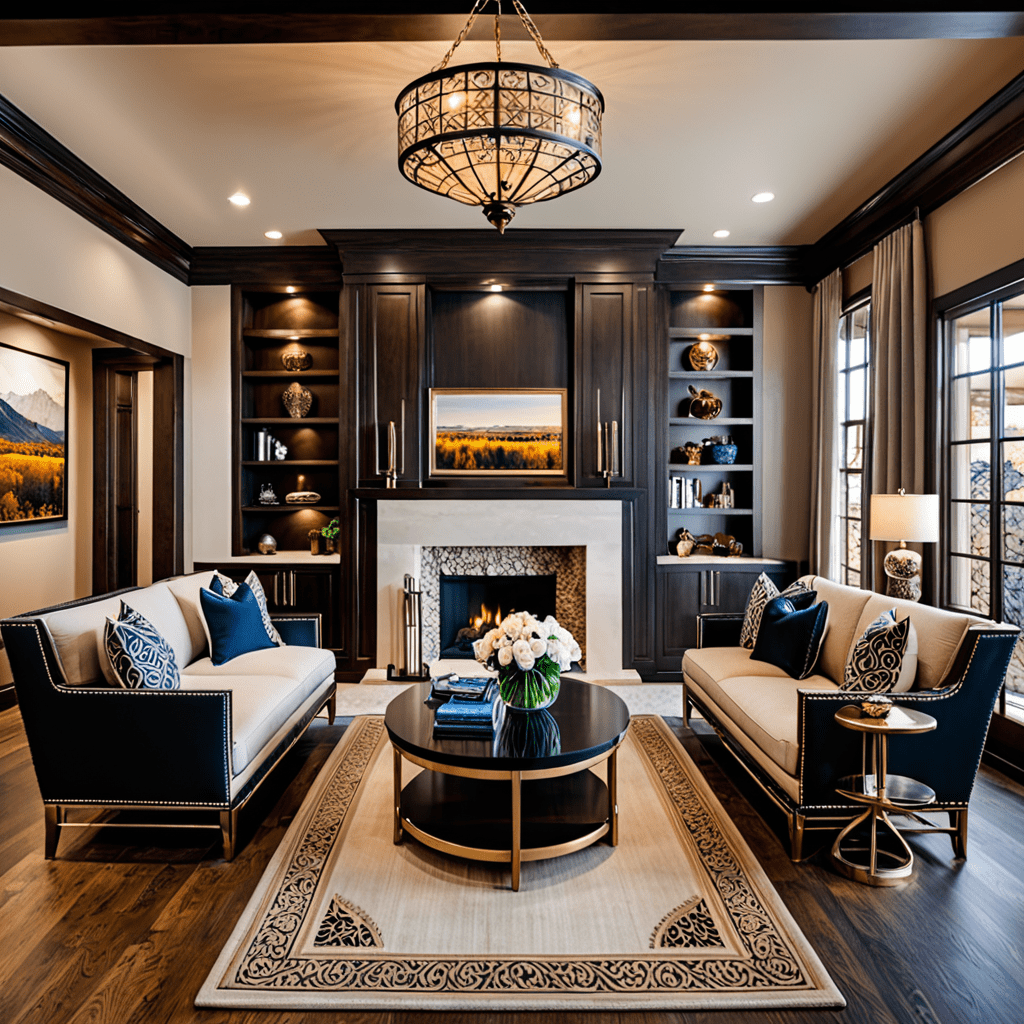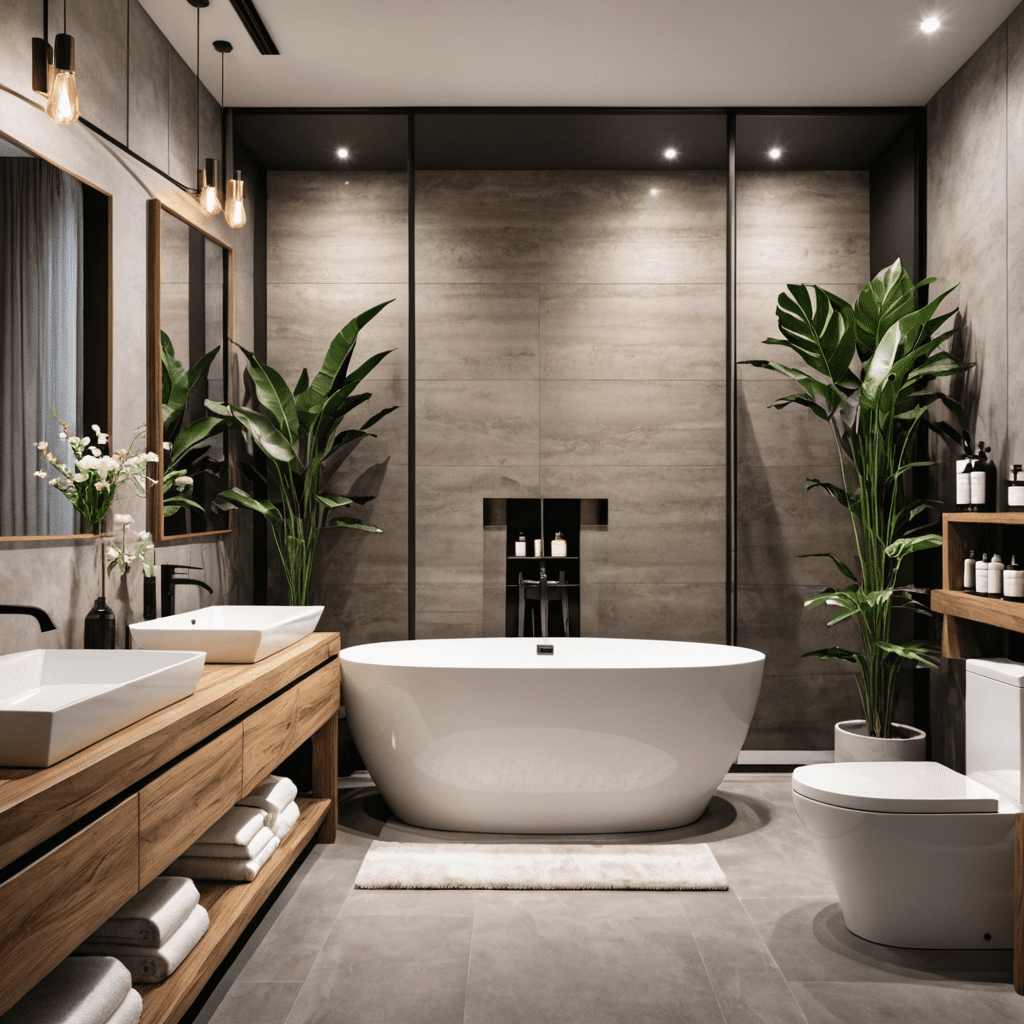Crafting the Perfect Interior Design Service Agreement Template


Crafting the Perfect Interior Design Service Agreement Template
Introduction
When embarking on an interior design project, it is crucial to establish clear guidelines and expectations to ensure a smooth and successful collaboration between the designer and the client. One essential document that facilitates this is the interior design service agreement template. In this blog post, we will discuss the key elements that should be included in such a template to protect both parties’ interests and lay the foundation for a productive working relationship.
1. Scope of Work
The scope of work section outlines the specific services that the interior designer will provide. It should clearly specify what areas or rooms will be included in the project, the design style or theme, and any limitations or exclusions. It is important to be as detailed as possible to avoid misunderstandings and ensure that everyone is on the same page.
2. Timeline and Deliverables
In this section, the timeline for the project should be outlined, including key milestones and deadlines. It is also crucial to specify the expected deliverables, such as conceptual drawings, material samples, or furniture recommendations. Clear deadlines and deliverables help manage expectations and keep the project on track.
3. Payment Terms
Clearly defining the payment terms is essential to avoid any disputes or confusion in the future. State the total project fee or hourly rate, as well as any additional costs such as material purchases or third-party contractor fees. Specify the payment schedule, including the amount and due dates for deposits, progress payments, and the final payment.
4. Ownership of Intellectual Property
This section addresses the ownership of intellectual property rights. It should clearly specify that the designer retains the rights to their original designs and concepts unless a separate agreement is reached. The client should also be granted a non-exclusive license to use the designs for the specific project.
5. Confidentiality and Non-Disclosure
To protect sensitive information, both the designer and the client should agree to maintain confidentiality and not disclose any proprietary or confidential information shared during the project. This section should outline the responsibilities of both parties regarding the protection of confidential information.
6. Termination and Dispute Resolution
It is important to include a section that outlines the conditions under which either party can terminate the agreement. Specify whether there will be any termination fees or penalties. Additionally, include a dispute resolution clause that outlines how any disagreements or disputes will be resolved, such as through mediation or arbitration.
FAQ
Q: Can I modify the template to fit my specific project needs?
A: Yes, the template is meant to serve as a starting point and can be customized to suit the unique requirements of your project. However, it is recommended to consult with a legal professional to ensure the modified agreement remains legally binding and enforceable.
Q: Do I need a lawyer to draft the interior design service agreement?
A: While using a lawyer is not mandatory, it is highly recommended. A lawyer with expertise in contract law can help ensure that the agreement covers all the necessary aspects, protects your interests, and adheres to the legal requirements of your jurisdiction.
Q: How often should the agreement be reviewed and updated?
A: It is good practice to review and update the agreement periodically, especially if there are any significant changes to the project scope, payment terms, or other essential details. Regularly reviewing the agreement helps keep it relevant and reflective of the current project expectations.
Q: Can I use a standardized template found online?
A: While using a template found online can serve as a starting point, it is important to tailor it to your specific needs and consult with a legal professional to ensure it meets all the necessary legal requirements.





